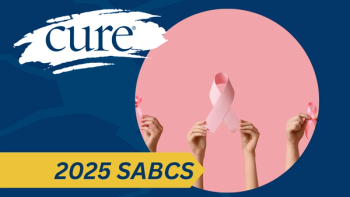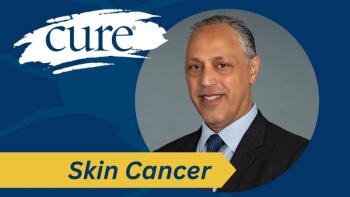The U.S. Food and Drug Administration (FDA) has granted accelerated approval to Modeyso (dordaviprone) for the treatment of adult and pediatric patients aged one year and older with diffuse midline glioma harboring an H3 K27M mutation and progressive disease following prior therapy.
According to the agency, Modeyso, which is a protease activator, is the first FDA-approved systemic therapy for H3 K27M-mutant diffuse midline glioma.
Glossary
Karnofsky Performance Status/Lansky Performance Status: scoring systems used to measure a patient’s functional status.
Objective response rate: proportion of patients whose cancer shrinks or disappears after treatment.
Duration of response: how long a patient responds to treatment
Hypersensitivity: overactive or exaggerated immune response
QTc interval prolongation: when the heart takes longer to recharge between beats.
Embryo-fetal toxicity: side effects on a developing embryo or fetus during pregnancy.
The effectiveness of the drug was evaluated among 50 adult and pediatric patients with recurrent H3 K27M-mutant diffuse midline glioma who were enrolled in one of five open-label, non-randomized clinical trials in the United States: ONC006, ONC013, ONC014, ONC016 and ONC018. Notably, the efficacy population was made up of patients who were treated with single-agent Moedyso.
Participating patients, according to the agency, were 90 days post-radiation therapy, had an adequate washout period from prior anticancer therapies, a Karnofsky Performance Status/Lansky Performance Status score of at least 60 and stable or decreasing corticosteroid use.
The overall response rate was 22% and the median duration of response was 10.3 months. Among 11 patients with objective responses, 73% had a duration of response of at least six months and 27% had a duration of response of at least a year.
Prescribing information for the drug, according to the FDA, includes warnings and precautions for hypersensitivity, QTc interval prolongation and embryo-fetal toxicity. In adults, the recommended dosage is 625 milligrams orally once weekly. For pediatric patients, the recommended dosage is based on body weight.
Prior to the U.S. FDA approval, in February of this year, Chimerix announced that the regulatory agency had accepted its new drug application which sought the approval of Modeyso for the treatment of patients with this disease, and was therefore granted priority review, according to a news release from the biopharmaceutical company.
At the time of the release, Mike Andriole, CEO of Chimerix, stated: “This significant milestone brings us one step closer to our goal of accelerating access to the first medicine specific to patients diagnosed with recurrent H3 K27M-mutant diffuse glioma. Patients with this form of high-grade glioma face a very difficult prognosis with few treatment options beyond palliative care. Our team is working expeditiously with FDA to facilitate their review as we simultaneously prepare for a potential commercial launch in order to ensure rapid availability to patients in need.”
At the time of the news release, Modeyso also had fast-track designation in the United States and orphan drug designation in the United States, Europe and Australia.
More Information on the Clinical Trials
Clinical trial data, which was published in the Journal of Clinical Oncology in 2024, showed that four children and 46 adults with recurrent diffuse midline glioma harboring a H3 K27M mutation were enrolled on the trial. All 50 patients were treated with the oral medication. Additionally, patients with pontine and spinal tumors were not eligible for enrollment.
The primary end point of the clinical trials was overall response rate; other goals of the study included duration of response, time to response, corticosteroid response, performance score response and overall response rate by RANO low-grade glioma criteria.
Regarding safety, grade 3 (severe) treatment-related treatment-emergent side effects occurred in approximately 20% of patients treated. The most common side effects recorded during the trial was fatigue. Notably, no patients experienced grade 4 (life-threatening) side effects, and no deaths due to treatment or treatment discontinuations occurred.
The study investigators, therefore, concluded that, “ONC201 monotherapy was well tolerated and exhibited durable and clinically meaningful efficacy in recurrent H3 K27M-mutant diffuse midline glioma.”
References
- “FDA grants accelerated approval to dordaviprone for diffuse midline glioma,” by the U.S. FDA. News release. Aug. 6., 2025. https://www.fda.gov/drugs/resources-information-approved-drugs/fda-grants-accelerated-approval-dordaviprone-diffuse-midline-glioma
- “ONC201 (Dordaviprone) in Recurrent H3 K27M-Mutant Diffuse Midline Glioma,” by Dr. Isabel Arrillaga-Romany. The Journal of Clinical Oncology. May 1, 2024.
- “Chimerix Announces FDA Acceptance and Priority Review of New Drug Application for Dordaviprone as Treatment for Recurrent H3 K27M-Mutant Diffuse Glioma,” by Chimerix. News release. Feb. 18, 2025.
For more news on cancer updates, research and education, don’t forget to subscribe to CURE®’s newsletters here.





